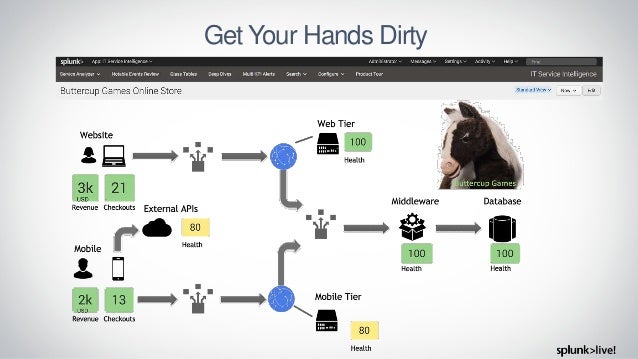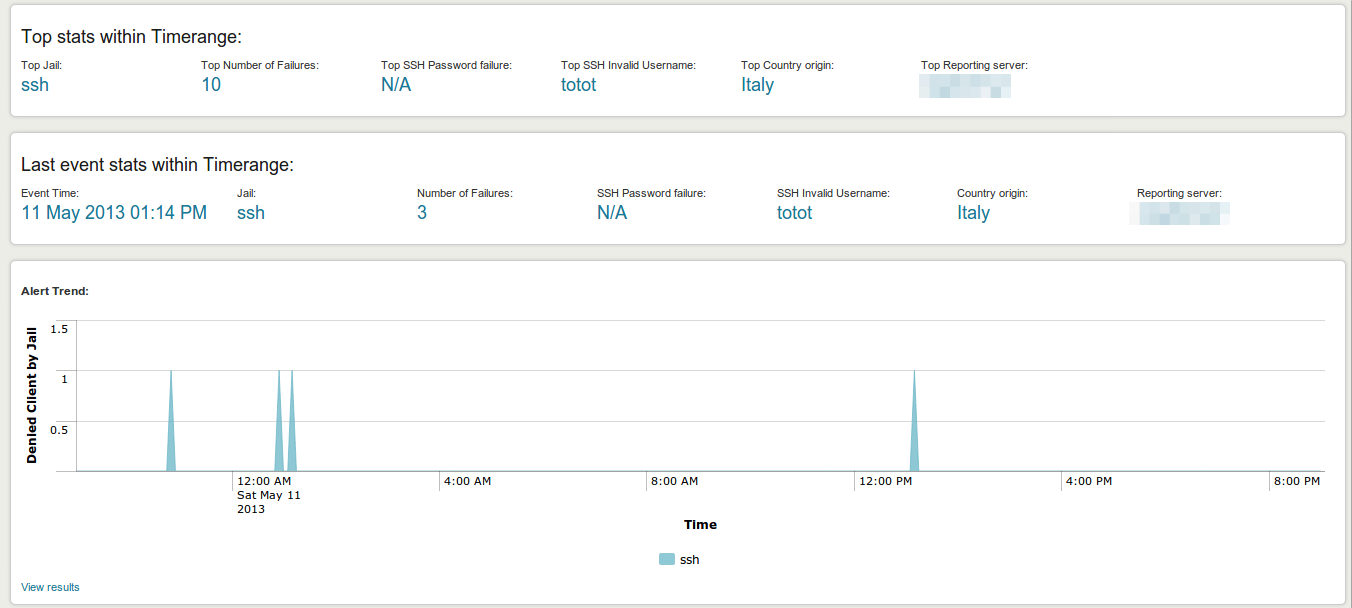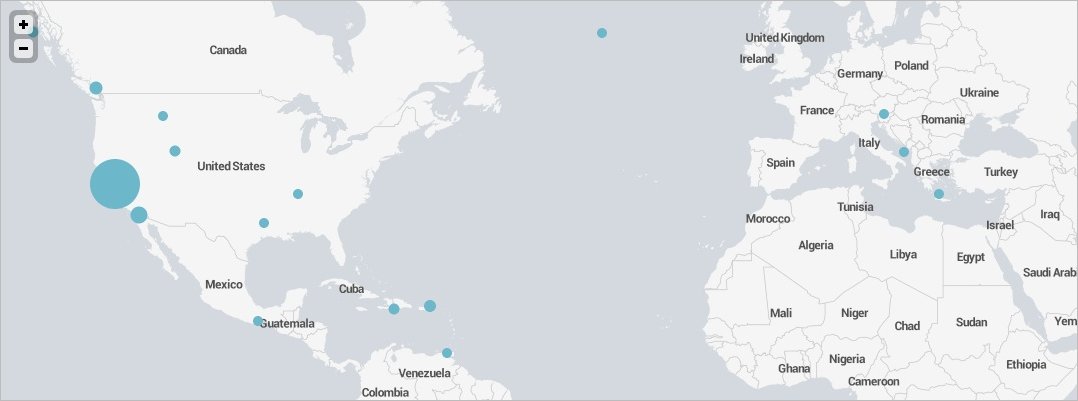
You can use custom images for your dashboard backgrounds or as individual visualizations. You can use default Splunk icons, or use custom icons. If you are using Dashboard Studio, you can add and edit shapes and text boxes in the new app. Shapes, lines, text boxes, icons, and images If you are using Dashboard Studio, you can use the option to turn a pie chart into a donut chart. If you are using Dashboard Studio, you can use the table visualization for a similar effect. If you are using Dashboard Studio, you can use custom SVG images to create custom choropleth visualizations by connecting them to your Splunk data. For more information, see Generate a choropleth map. If you are using Dashboard Studio, the process of creating and formatting choropleth maps is different than in Simple XML. If you are using Dashboard Studio, certain custom visualizations are now added as default visualizations. Use the following table to get an overview of supported features for both classic Splunk Dashboards (Simple XML) and the new Splunk Dashboard Studio: For example, you can use the new Action menu when you select objects in Edit mode to layer, copy, and delete those objects. Some formatting options are only available in the Dashboard Studio and not in the classic framework. The options available for each visualization, and where you configure them, are listed in the specific visualization topics and in the Configuration options reference. Some options for visualizations in the Splunk Dashboard Studio can only be configured using the source editor. Some features, like thresholding and other trend coloring options, are configured differently in the Dashboard Studio than the way they are configured using Simple XML. For more information on Simple XML visualizations, see Simple XML visualization reference in the Dashboards and Visualizations manual.

Not all formatting options that are available in the classic framework are available in the Splunk Dashboard Studio. This list will change with each new release of the Splunk Dashboard Studio. The following tables display which features are supported by what framework. While many features and visualizations are similar to the classic Splunk dashboard framework, there are differences, both in what features are available in the new framework and the way visualizations look. The Splunk Dashboard Studio is a new way for you to build Splunk dashboards using a variety of tools for greater customization. See additional Dashboard Studio examples, such as an assembly line for factory manufacturing, in the Examples Hub.Ĭompare classic Splunk Dashboards (Simple XML) and the Splunk Dashboard Studio Add company logos with Studio's out-of-the-box image support, help text with Studio's textbox or Markdown component, and configure the layout with drag and drop actions.


Design a visually polished, presentation-ready, and interactive dashboard without custom development.For example, you can use a map of a solar field and overlay it with KPIs reporting power generation from each solar panel. Create a digital representation of real-world elements and connect them to images overlaid with Key Performance Indicators (KPIs).The following image is an example of a dashboard created using the Splunk Dashboard Studio. Disabling this default application may lead to unpredictable behavior. Splunk Dashboard Studio provides tools to customize dashboards in Splunk, such as designing your dashboard's layout, colors, images, and more.ĭashboard Studio is included with Splunk Enterprise and Splunk Cloud Platform as a default application.


 0 kommentar(er)
0 kommentar(er)
